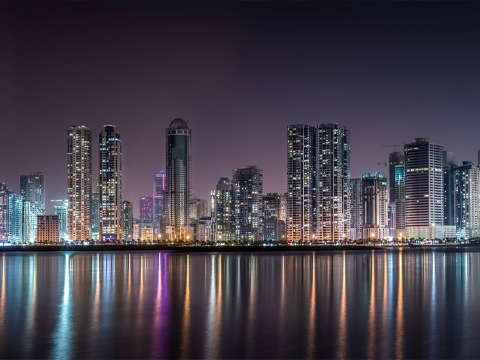Characteristics of LED in the indicator light industry
The main characteristics of LED in the indicator light industry include high efficiency, energy saving, long lifespan, environmental protection, fast response, and diverse design.
Efficient and energy-saving
The luminous efficiency of LED indicator lights is very high, with a luminous efficiency of 50-200 lumens/watt, while traditional incandescent and fluorescent lamps have lower luminous efficiency, only 12-24 lumens/watt and 50-70 lumens/watt, respectively. This means that at the same brightness, the energy consumption of LED indicator lights is significantly lower than that of traditional light sources.
Long lifespan
The service life of LED indicator lights is very long, usually reaching 50000 to 100000 hours or more, while traditional light sources such as incandescent bulbs have a lifespan of only a few hundred hours, and fluorescent bulbs have a lifespan of only a few thousand hours. This reduces the frequency of replacing lighting fixtures and lowers maintenance costs.
Environment protection
LED indicator lights do not contain harmful elements such as mercury and lead, do not produce electromagnetic interference, and are recyclable, making them environmentally friendly. In addition, the low energy consumption of LED lights also helps to reduce greenhouse gas emissions.
Quick response
The response speed of LED indicator lights is very fast, and they can work under high-frequency operation, making them suitable for situations that require quick switching.
Diversified designs
The design of LED indicator lights is very flexible and can meet the needs of different scenarios, with a wide range of applications from small indicator lights to large lighting equipment.
In summary, LED has significant advantages in the indicator light industry, such as high efficiency, energy saving, long lifespan, environmental protection, fast response, and diversified design. These characteristics make LED indicator lights perform well in various applications.
- Previous: None
- Next: Market demand and application areas of electronic component…





 Black
Black

